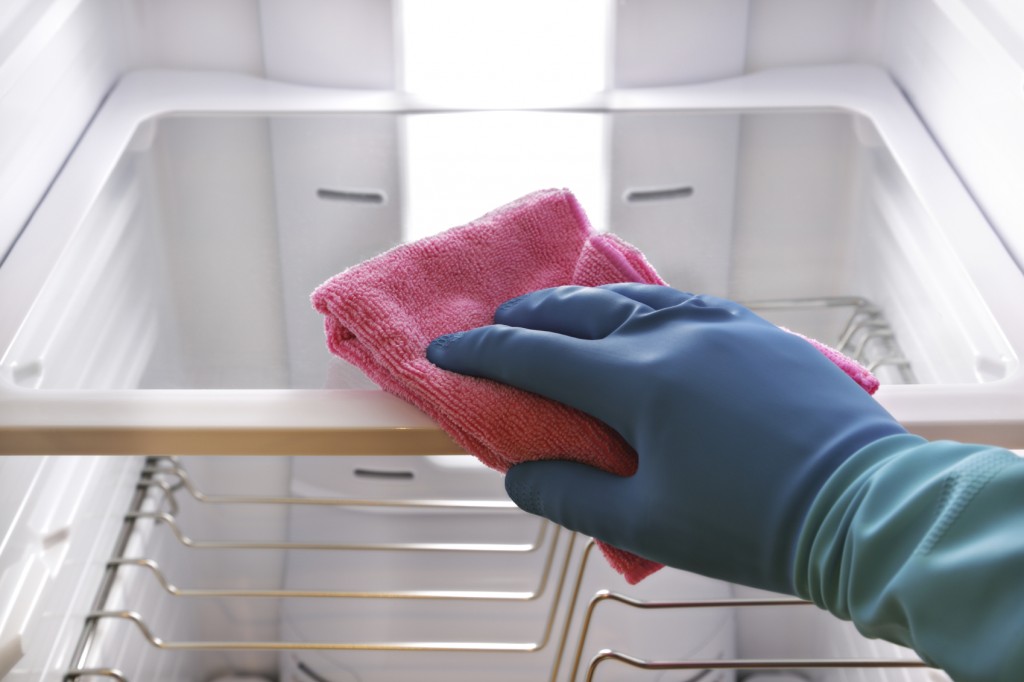Nobody ever wants to find mold growing in their refrigerator, but it is bound to happen to some of us. This guide tells you everything you need to know about mold in your fridge; including where to look for it and how to kill it.

What is mold?
Mold is a type of fungus that can grow virtually anywhere, indoors or outside. Mold spreads by reproducing microscopic spores. When humans come in contact with these spores, they can cause symptoms such as sneezing, coughing, headaches, and respiratory infections.
Several thousands of different types of mold exist, ranging from green fuzz to black slime. All of them have one thing in common, though: you don’t want to find any of them growing in your refrigerator.
Why does mold grow in refrigerators?
Your refrigerator provides favorable conditions for mold to grow and reproduce. It is a dark environment with minimal air circulation and a lot of moisture (a key factor in mold growth). Some places that mold is known to grow in the refrigerator include:
-
Interior walls and shelves. Mold can grow anywhere on the inside walls or shelves of your refrigerator, especially if there is pooling water that isn’t immediately cleaned up.
-
On your food. If you have ever left something in the refrigerator for far too long, you have seen firsthand how mold can grow on your food.
-
On the gasket. The gasket, also known as the rubber door seal is a common hiding place for mold.
What do I do if there is mold in my fridge?
Don’t panic if you spot mold growing in your refrigerator. In most cases, it can safely be removed with a little bit of baking soda, warm water, and 20 minutes of your time. Just follow these steps:
-
Remove all food from your refrigerator. Throw away any items that the mold has come in direct contact with, as well as any uncovered foods in close proximity. Unopened foods stored in airtight containers can safely be kept.
-
In a bucket, combine 1 tablespoon of baking soda with 1 quart of warm water.
-
Dip a clean cloth in the bucket, and begin wiping down all of your refrigerator’s walls, shelves, and drawers. Gently scrub these areas until all visible signs of mold growth are gone. As a precaution, also wipe the outside of food containers and plastic packaging.
-
Pour out the baking soda solution, and refill the bucket with warm water.
-
Using a new cloth, wipe down every surface that came in contact with the baking soda solution. Repeatedly dip the cloth in the warm water until there is no trace of baking soda in your refrigerator.
-
Thoroughly dry the interior and replace your food.
Speedy Refrigerator Service provides same-day refrigerator and freezer repairs to the New York City area. Our technicians are fully licensed and insured, and we offer one-hour service to Manhattan, Brooklyn, Queens, and Long Island. Our phone lines are open 24/7, so call us anytime at 866-782-9376.



